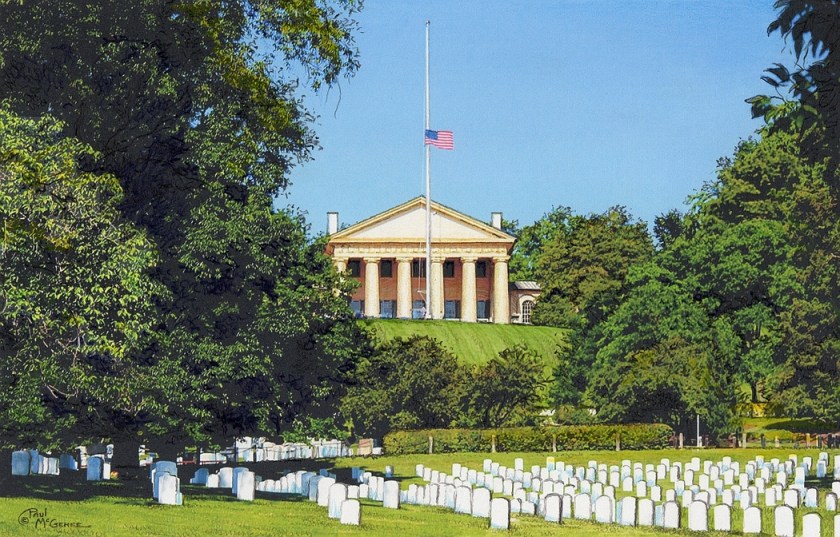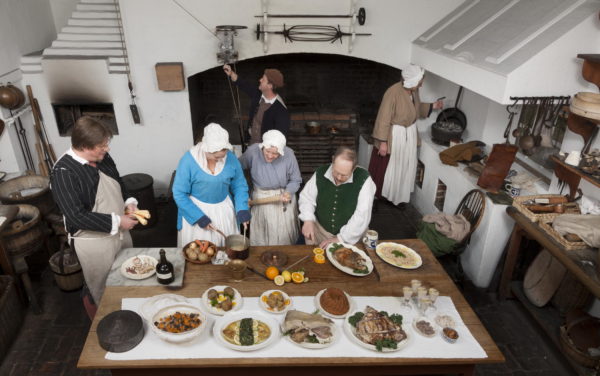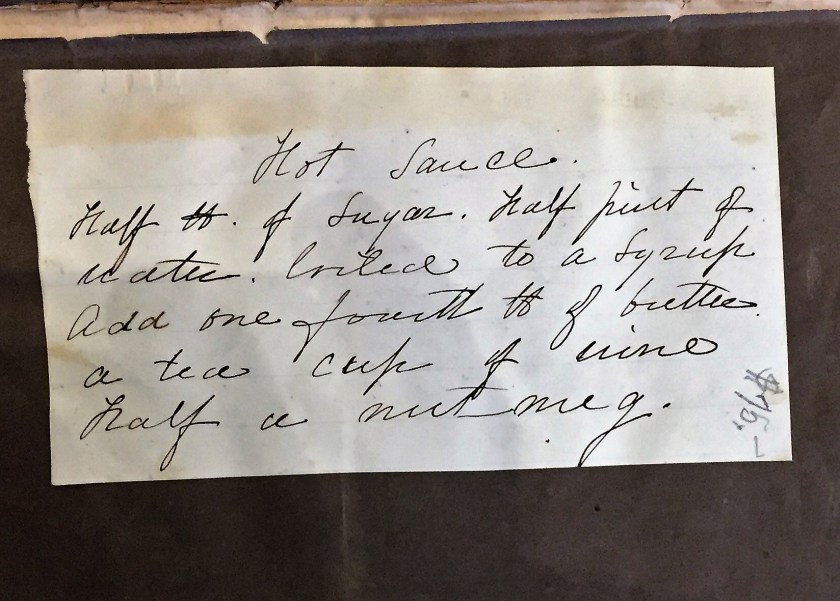As the Civil War ground on to a fourth dreadful year, the church yards and burial plots of the formerly united states strained under the weight of carnage, produced by that war.
The former home of Mary Anna Randolph Custis Lee and Robert Edward Lee (yeah, that Robert E. Lee) was made forfeit for non-payment of tax by the 37th Congress, the Mansion on the hill and surrounding grounds auctioned to the Federal government.
 One day, the United States Supreme Court would rule the act an unlawful taking and compensate Lee family descendants.
One day, the United States Supreme Court would rule the act an unlawful taking and compensate Lee family descendants.
For now, that’s a story for another day. As 1863 drew to a close, the property was destined to become the nation’s most hallowed ground and known to posterity, as Arlington National Cemetery.
The first interment on the Custis-Lee property was that of Private William Henry Christman of 67th Pennsylvania Infantry, laid to rest on May 13, 1864.

Two more joined Christman before the day was done, fine young men cut down in the prime of life and laid to rest, never to know the triumphs and the tragedies of growing old. Before long, the trickle turned to a flood. By the end of the war between the states, their number exceeded 17,000 and rising.
 Private Christman was the first military burial, but not the first. One had come before. When Private Christman went to his rest in our nation’s most hallowed ground, his grave joined that of Mary Randolph, laid to rest some thirty-six years earlier.
Private Christman was the first military burial, but not the first. One had come before. When Private Christman went to his rest in our nation’s most hallowed ground, his grave joined that of Mary Randolph, laid to rest some thirty-six years earlier.
In 1929, cemetery workers were performing renovations on the Lee-Custis Mansion now known as the Arlington House, at the top of the hill. They couldn’t help but be aware of a solitary grave some 100-feet to the north, but little was known of its occupant.
Marked with the name of Mary Randolph, the stone was inscribed with these words:
“In the memory of Mrs. Mary Randolph,
Her intrinsic worth needs no eulogium.
The deceased was born
The 9th of August, 1762
at Amphill near Richmond, Virginia
And died the 23rd of January 1828
In Washington City a victim to maternal love and duty.”
“A victim to maternal love and duty”. It was a curious phrase but little else was known about Mary Randolph.

In 1929, journalist Margaret Husted wrote about Randolph in the Washington Star newspaper. Descendants came forward and, piece by piece, the story of the first person buried at Arlington, came to light.
 Mary Randolph, a direct descendant of Pocahontas and John Rolfe, cousin to Thomas Jefferson, was the cousin of George Washington Parke Custis, adopted step-grandson of George Washington and the godmother of Custis’ daughter, Mary Anna Randolph Custis, wife of Robert E. Lee.
Mary Randolph, a direct descendant of Pocahontas and John Rolfe, cousin to Thomas Jefferson, was the cousin of George Washington Parke Custis, adopted step-grandson of George Washington and the godmother of Custis’ daughter, Mary Anna Randolph Custis, wife of Robert E. Lee.
The last line of the inscription, “a victim to maternal love and duty” refers to Mary’s youngest surviving son, Midshipman Burwell Starke Randolph, who’d suffered a high fall from the mast in 1817, while serving in the US Navy. Both of his legs were broken and never healed properly. When Mary passed away in 1828, Randolph remarked that his mother had sacrificed her own life in care of his.
Mary Randolph is best known as the author of America’s first regional cookbook, “The Virginia House-wife” and known to some, as “The Methodical Cook”.
The Virginia Culinary Thymes writes “It is interesting to note that all the cookery at that time was done in kitchens that had changed little over the centuries. In Virginia, the kitchen was typically a separate building for reasons of safety, summer heat and the smells from the kitchen. The heart of the kitchen was a large fireplace where meat was roasted and cauldrons of water and broth simmered most of the day. Swinging cranes and various devices made to control temperature and the cooking processes were used. The Dutch oven and the chafing dish were found in most kitchens. The brick oven used for baking was located next to the fireplace. A salamander was used to move baked products around in the oven and it could also be heated and held over food for browning“.
 Mary Randolph, wife of David Meade Randolph, was an early advocate of the now-common use of herbs, spices and wines in cooking.
Mary Randolph, wife of David Meade Randolph, was an early advocate of the now-common use of herbs, spices and wines in cooking.
Mrs Randolph’s recipe for apple fritters calls for slices of apple marinated in a combination of brandy, white wine, sugar, cinnamon, and lemon rind.
Randolph was well known as a Virginia cook and hostess, so much so that, during an 1800 slave insurrection near Richmond, the leader “General Gabriel” said that he would spare her life, if she would become his cook.
I’m thinking of those apple fritters. I believe ol’ Gabriel might have been onto something.




You must be logged in to post a comment.